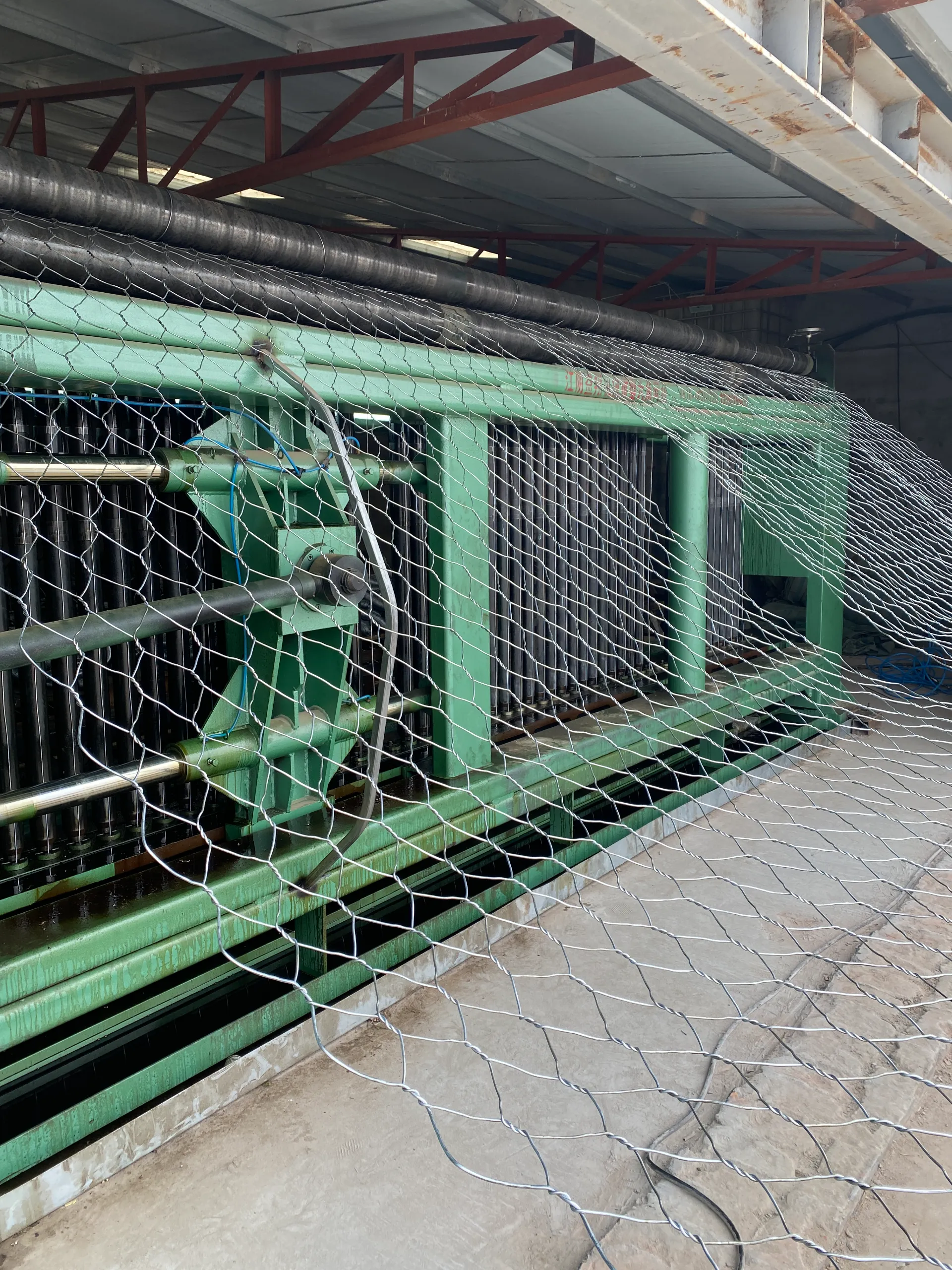-
 Afrikaans
Afrikaans -
 Albanian
Albanian -
 Amharic
Amharic -
 Arabic
Arabic -
 Armenian
Armenian -
 Azerbaijani
Azerbaijani -
 Basque
Basque -
 Belarusian
Belarusian -
 Bengali
Bengali -
 Bosnian
Bosnian -
 Bulgarian
Bulgarian -
 Catalan
Catalan -
 Cebuano
Cebuano -
 China
China -
 Corsican
Corsican -
 Croatian
Croatian -
 Czech
Czech -
 Danish
Danish -
 Dutch
Dutch -
 English
English -
 Esperanto
Esperanto -
 Estonian
Estonian -
 Finnish
Finnish -
 French
French -
 Frisian
Frisian -
 Galician
Galician -
 Georgian
Georgian -
 German
German -
 Greek
Greek -
 Gujarati
Gujarati -
 Haitian Creole
Haitian Creole -
 hausa
hausa -
 hawaiian
hawaiian -
 Hebrew
Hebrew -
 Hindi
Hindi -
 Miao
Miao -
 Hungarian
Hungarian -
 Icelandic
Icelandic -
 igbo
igbo -
 Indonesian
Indonesian -
 irish
irish -
 Italian
Italian -
 Japanese
Japanese -
 Javanese
Javanese -
 Kannada
Kannada -
 kazakh
kazakh -
 Khmer
Khmer -
 Rwandese
Rwandese -
 Korean
Korean -
 Kurdish
Kurdish -
 Kyrgyz
Kyrgyz -
 Lao
Lao -
 Latin
Latin -
 Latvian
Latvian -
 Lithuanian
Lithuanian -
 Luxembourgish
Luxembourgish -
 Macedonian
Macedonian -
 Malgashi
Malgashi -
 Malay
Malay -
 Malayalam
Malayalam -
 Maltese
Maltese -
 Maori
Maori -
 Marathi
Marathi -
 Mongolian
Mongolian -
 Myanmar
Myanmar -
 Nepali
Nepali -
 Norwegian
Norwegian -
 Norwegian
Norwegian -
 Occitan
Occitan -
 Pashto
Pashto -
 Persian
Persian -
 Polish
Polish -
 Portuguese
Portuguese -
 Punjabi
Punjabi -
 Romanian
Romanian -
 Russian
Russian -
 Samoan
Samoan -
 Scottish Gaelic
Scottish Gaelic -
 Serbian
Serbian -
 Sesotho
Sesotho -
 Shona
Shona -
 Sindhi
Sindhi -
 Sinhala
Sinhala -
 Slovak
Slovak -
 Slovenian
Slovenian -
 Somali
Somali -
 Spanish
Spanish -
 Sundanese
Sundanese -
 Swahili
Swahili -
 Swedish
Swedish -
 Tagalog
Tagalog -
 Tajik
Tajik -
 Tamil
Tamil -
 Tatar
Tatar -
 Telugu
Telugu -
 Thai
Thai -
 Turkish
Turkish -
 Turkmen
Turkmen -
 Ukrainian
Ukrainian -
 Urdu
Urdu -
 Uighur
Uighur -
 Uzbek
Uzbek -
 Vietnamese
Vietnamese -
 Welsh
Welsh -
 Bantu
Bantu -
 Yiddish
Yiddish -
 Yoruba
Yoruba -
 Zulu
Zulu
Jan . 09, 2025 14:09
Back to list
anti bird net for agriculture
Agricultural practices have dramatically transformed over the past few decades, with farmers continually seeking innovative methods to protect their crops and enhance production. One such breakthrough in crop protection is the anti-bird net for agriculture. By offering an effective, environmentally friendly, and sustainable solution, it aligns perfectly with modern agricultural needs and challenges.
Trustworthiness in product performance and durability is backed by reputable sources and user testimonials. Farmers who have adopted these nets frequently report not only a significant decline in bird-related crop damage but also a noticeable improvement in crop yield and quality. This dual benefit of protection and productivity makes anti-bird nets a dependable asset for any agribusiness. Additionally, authoritative agricultural extension services often advocate for these nets as a best practice for bird management. Many agricultural forums and publications highlight case studies that demonstrate the effectiveness of these nets across different crop types and geographical locations. Moreover, the support of agricultural consultants and industry bodies in promoting these products reinforces their credibility and efficacy. In terms of industry evolution, the application of anti-bird nets is continually expanding, integrating advanced features like adjustable mesh sizes for different bird species and automatic deployment systems. This adaptability further enhances their utility and represents the future of smart agriculture. In conclusion, for farmers looking to protect their crops without compromising their ecological footprint, the anti-bird net for agriculture emerges as a top contender. Bridging the gap between crop protection and environmental stewardship, these nets not only save money but also foster sustainable agricultural practices. Embracing this technology means stepping towards a future where agriculture complements nature, ensuring food security while safeguarding the planet's biodiversity.


Trustworthiness in product performance and durability is backed by reputable sources and user testimonials. Farmers who have adopted these nets frequently report not only a significant decline in bird-related crop damage but also a noticeable improvement in crop yield and quality. This dual benefit of protection and productivity makes anti-bird nets a dependable asset for any agribusiness. Additionally, authoritative agricultural extension services often advocate for these nets as a best practice for bird management. Many agricultural forums and publications highlight case studies that demonstrate the effectiveness of these nets across different crop types and geographical locations. Moreover, the support of agricultural consultants and industry bodies in promoting these products reinforces their credibility and efficacy. In terms of industry evolution, the application of anti-bird nets is continually expanding, integrating advanced features like adjustable mesh sizes for different bird species and automatic deployment systems. This adaptability further enhances their utility and represents the future of smart agriculture. In conclusion, for farmers looking to protect their crops without compromising their ecological footprint, the anti-bird net for agriculture emerges as a top contender. Bridging the gap between crop protection and environmental stewardship, these nets not only save money but also foster sustainable agricultural practices. Embracing this technology means stepping towards a future where agriculture complements nature, ensuring food security while safeguarding the planet's biodiversity.
Next:
Latest news
-
Shipping Plastic Bags for Every NeedNewsJul.24,2025
-
Safety Netting: Your Shield in ConstructionNewsJul.24,2025
-
Plastic Mesh Netting for Everyday UseNewsJul.24,2025
-
Nylon Netting for Every UseNewsJul.24,2025
-
Mesh Breeder Box for Fish TanksNewsJul.24,2025
-
Expanded Steel Mesh Offers Durable VersatilityNewsJul.24,2025











